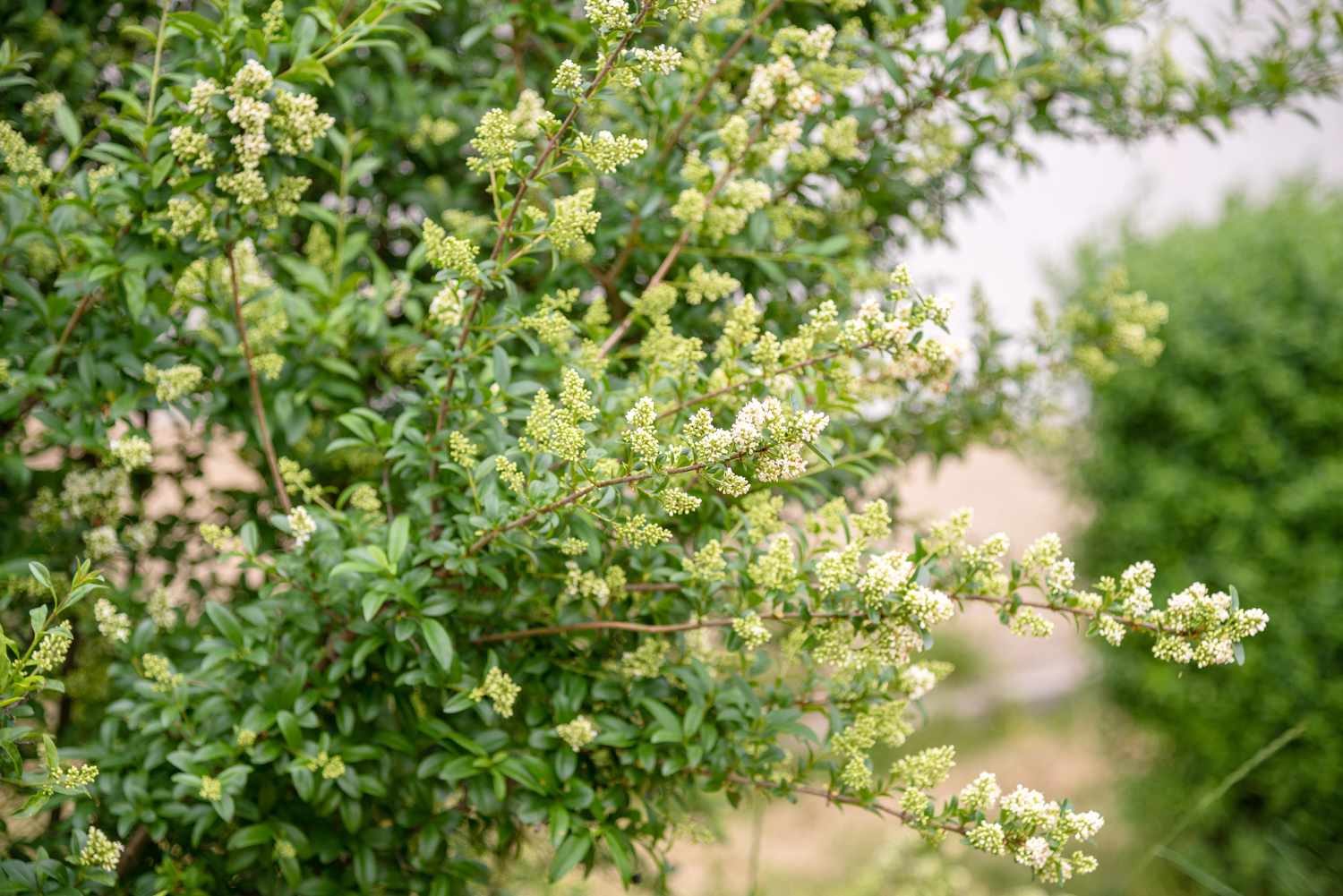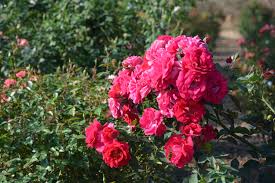If you’re thinking about adding some greenery to your garden, the Texas Ligustrum might be just the plant for you. This guide, titled “Understanding and Caring for Texas Ligustrum: A Simple Guide,” will help you get to know this beautiful plant and teach you how to take care of it. Whether you’re a gardening newbie or just curious, this article will break everything down in a way that’s easy to follow.
What is Texas Ligustrum?
Texas Ligustrum, also known as the Texas Privet or Ligustrum japonicum, is a lovely evergreen shrub. It’s popular in gardens across Texas and other warm areas because it’s tough and easy to grow. This plant can reach about 10 feet tall and 6 feet wide, making it a great choice for hedges or privacy screens. The leaves are shiny and dark green, and in the spring, it blooms with small, white flowers that smell sweet.
Why Choose Texas Ligustrum?
Choosing Texas Ligustrum for your garden is a smart move for several reasons. First, it’s very hardy and can handle the hot Texas sun. It also tolerates drought well, so you don’t have to worry too much about watering it constantly. Plus, it grows quickly, so you won’t have to wait too long to see it fill out your garden.
Planting Texas Ligustrum
Planting Texas Ligustrum is pretty simple. Start by picking a spot in your garden that gets plenty of sunlight. This plant loves the sun, so make sure it’s not too shady. Next, dig a hole that is about twice as wide as the plant’s root ball and just as deep. Gently place the plant in the hole and fill it with soil, pressing it down firmly to get rid of any air pockets. Water it well to help it settle in.
Watering Your Texas Ligustrum
Texas Ligustrum isn’t very picky about water, but it’s important to get it right. When you first plant it, give it plenty of water to help it establish its roots. After that, water it regularly but not too much. You should let the soil dry out a bit between waterings. During the hot summer months, it might need a little extra water, but be careful not to overdo it. Too much water can lead to root rot, which is bad for the plant.
Fertilizing Texas Ligustrum
To keep your Texas Ligustrum healthy and growing strong, it’s a good idea to fertilize it once or twice a year. You can use a balanced, all-purpose fertilizer that you can find at any garden store. Spread it evenly around the base of the plant, following the instructions on the fertilizer package. Be sure not to use too much, as this can harm the plant. Fertilizing in the spring and again in late summer is usually enough.
Pruning Texas Ligustrum
Pruning is a key part of caring for Texas Ligustrum. It helps the plant stay healthy and look its best. You should trim it back in late winter or early spring before new growth starts. Use sharp, clean shears to cut away any dead or diseased branches. You can also shape the plant to encourage a nice, full appearance. Just be careful not to cut too much, as this can stress the plant. Regular pruning will help your Texas Ligustrum stay lush and beautiful.
Dealing with Pests and Diseases
While Texas Ligustrum is generally healthy and hardy, it can sometimes face issues with pests or diseases. Common pests include aphids and scale insects. If you notice small bugs on your plant, you can usually get rid of them by spraying with insecticidal soap or a mixture of water and mild dish soap. As for diseases, the most common problem is fungal infections, which can cause leaf spots or mildew. To prevent these issues, make sure your plant has good air circulation and avoid overhead watering, which can promote fungus growth.
Propagating Texas Ligustrum
If you love your Texas Ligustrum and want more of them, you can propagate the plant. This means growing new plants from cuttings of your existing one. In the spring or summer, take a healthy cutting that’s about 4 to 6 inches long. Remove the lower leaves and dip the cut end in rooting hormone, which helps the plant grow roots. Plant the cutting in a pot filled with a mix of soil and sand. Keep the pot in a warm, sunny spot and keep the soil moist. In a few weeks, the cutting should start growing roots and can then be planted in the garden.
Texas Ligustrum in Different Seasons
Texas Ligustrum is a great plant for all seasons. In the spring, it produces small, fragrant flowers that attract bees and butterflies. During the summer, it provides a lush, green backdrop to your garden. In the fall, the plant’s foliage stays green, and in the winter, it maintains its shape, providing structure and interest in the garden even when other plants have gone dormant. You can also read this: Texas Bluebell: Beauty, Significance, and Growing Tips
Common Problems and How to Fix Them
Sometimes, despite your best efforts, your Texas Ligustrum might face a few problems. One common issue is yellowing leaves, which can be caused by overwatering or poor soil drainage. If this happens, try adjusting your watering schedule and make sure the soil drains well. Another issue could be leaf drop, which can be caused by sudden changes in temperature or pests. Check your plant regularly for any signs of trouble and address them quickly to keep your Texas Ligustrum healthy.
Benefits of Texas Ligustrum
There are many benefits to having Texas Ligustrum in your garden. Besides being attractive and easy to care for, it also helps with privacy and can act as a windbreak. The dense foliage makes it an excellent choice for creating a natural barrier around your yard. Additionally, the plant is good for the environment as it provides habitat and food for local wildlife.
Conclusion
Understanding and caring for Texas Ligustrum doesn’t have to be complicated. With this simple guide, you now know the basics of planting, watering, fertilizing, and pruning this lovely shrub. Remember, the key to a healthy Texas Ligustrum is regular care and attention. By following these tips, you can enjoy a beautiful, thriving plant in your garden for years to come.





